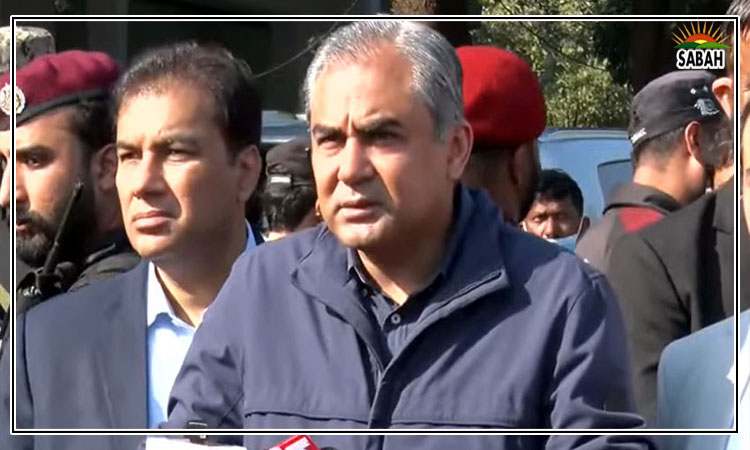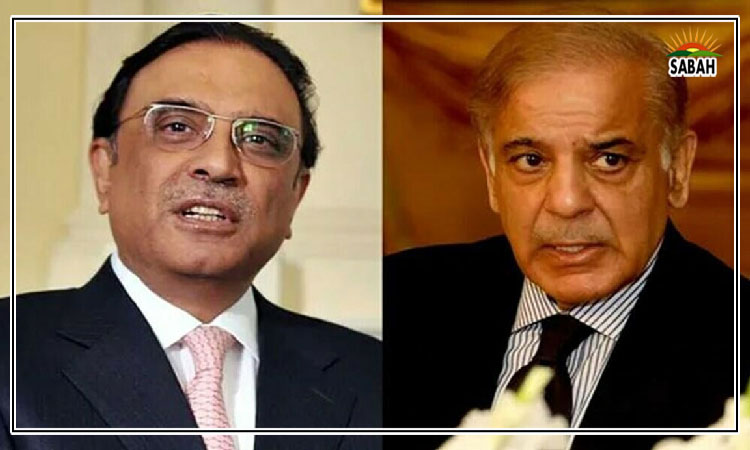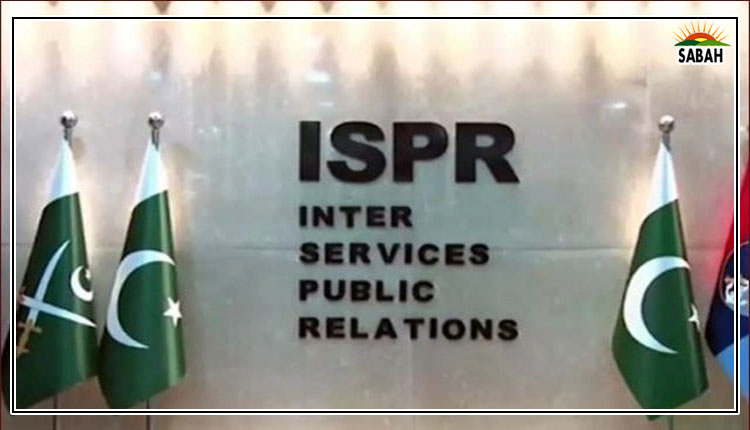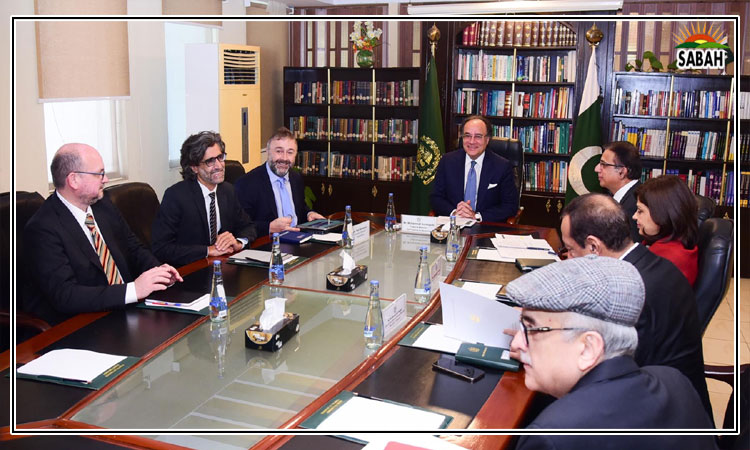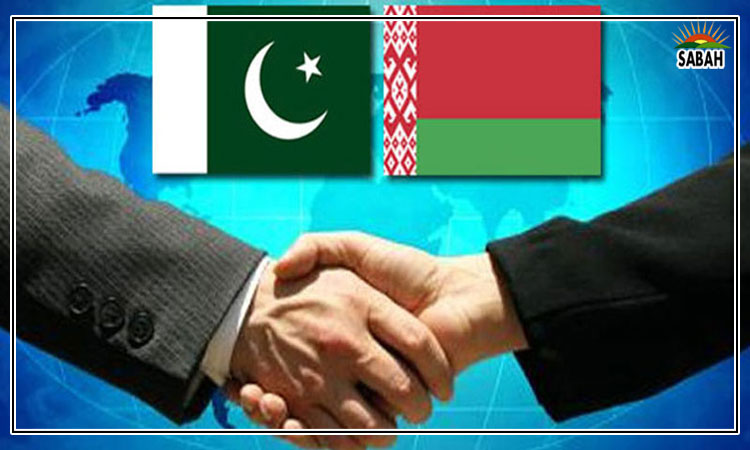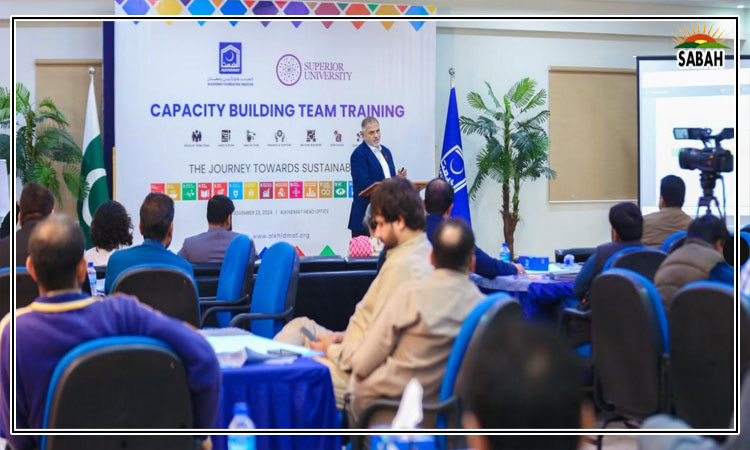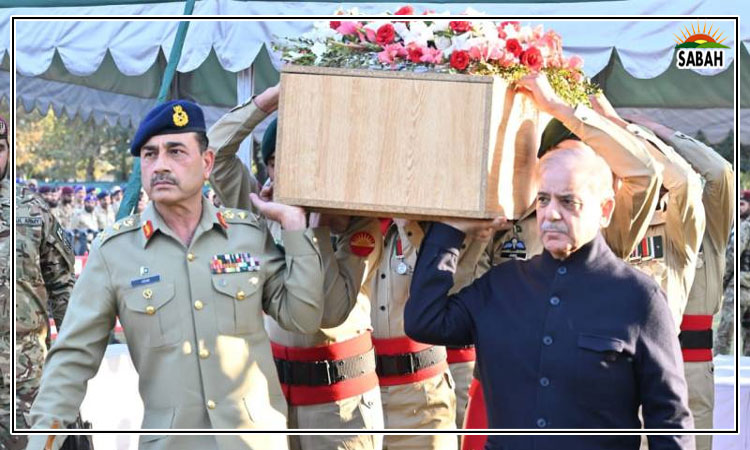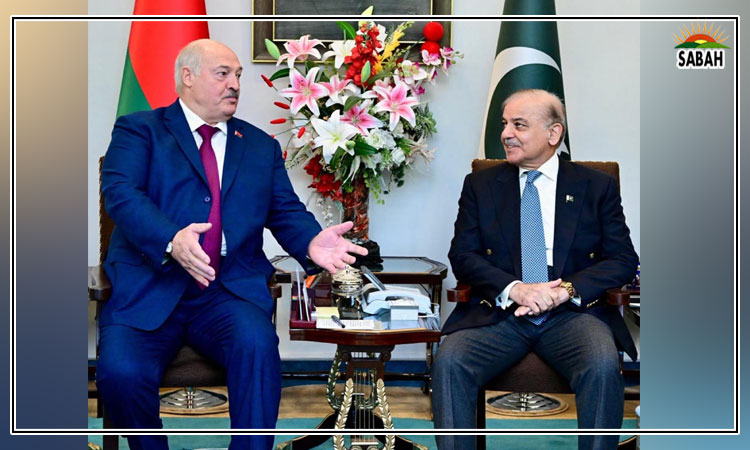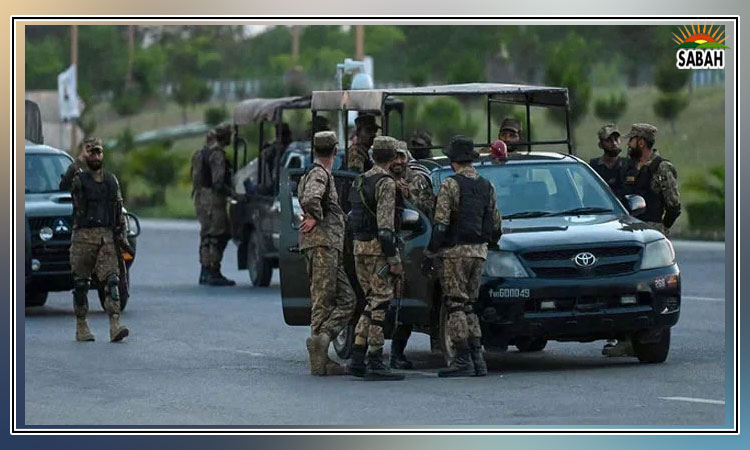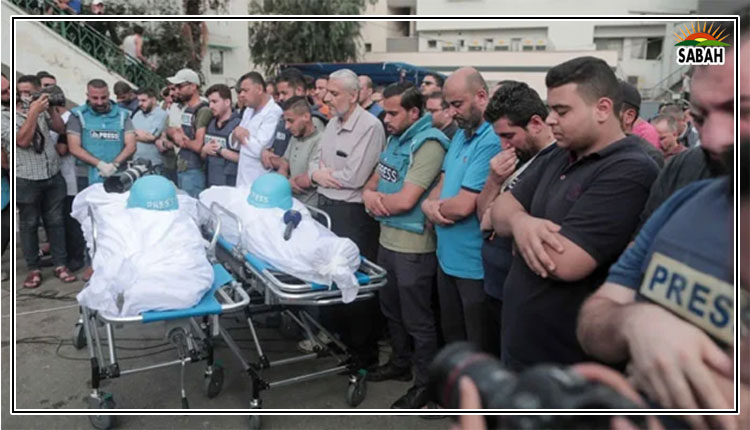When the journalists are gone…Vijay Prashad & Zoe Alexandra
Every few hours we check the social media timeline of Muhammed Smiry, the Gaza-based Palestinian journalist. He has been walking the ruined streets of Gaza, documenting everyday life amidst Israeli bombs and the impact they have had on Palestinian life. Close to seven thousand Palestinians have been killed in the Israeli barrage, and any one of them could have been Muhammed. I am still alive, he wrote on October 10. A few days later, Muhammed wrote, I am still alive. I cant tell you how bad the situation is in Gaza. On Telegram, Muhammed wrote, Nowhere is safe in Gaza. His Telegram timeline is horrifying so many killed here, so many killed there. It is unrelenting.
Journalists in Gaza with whom we are texting tell us that they are charging their phone with repurposed car batteries and with small solar devices. They are covered with dust, some of it they say the incinerated bodies of Palestinians blown to bits in their homes.
Since Israel began this unrelenting bombing of Gaza, journalists many of them Palestinian have been posting pictures in real time of the airstrikes and their victims, entire families wiped out in a flash. They tell us about the difficulties of survival for those who do not die, people trying desperately to access food, water, and some energy. I want to die with my family, says a journalist in a text. Not long after that text is sent, Wael al-Dahdouh, al-Jazeeras bureau chief in Gaza, learns that an Israeli airstrike hit the house in the Nuseirat camp in central Gaza where he had been living. His wife, daughter, and son have been killed immediately. They had left their home in central Gaza and headed southwards, following the instructions of the Israeli military. Dahdouh saw his familys bodies at al-Aqsa Martyrs hospital in Deir al-Balah. What happened is clear, he told Al-Jazeera while he rushed to the hospital. This is a series of targeted attacks on children, women, and civilians. I was just reporting from Yarmouk about such an attack, and the Israeli raids have targeted many areas, including Nuseirat.
Dahdouh and his team have been central to the coverage of this bombardment. Brave journalists, including those who work for al-Jazeera, have gone from streets to hospitals, covering the screams of parents and the quivering of children. Dust, debris, and blood is the canvas of their stories. There are videos of heroic rescue teams, rushing on foot because the ambulances have no fuel, trying to dig out survivors from the rubble. Text messages from beneath the shattered concrete cry for help. Some of them are dug out, but many die, their bodies buried deep underneath the buildings that have been hit by powerful bombs. Half of the population of Gaza is beneath the age of 18, and half of the dead are young people children, really, who have no idea about why they are being hit so hard by a government led by a man who says he wants to fulfill the prophecy of Isaiah. We are the people of light, said Benjamin Netanyahu, and they are the people of darkness. Underneath the concrete, Netanyahus cruel vision comes true.
Reporters never have an easy time in a war zone, particularly if one of the combatants sees them as part of the enemy in the information war. Walk into al-Jazeeras headquarters in Doha, Qatar, and the first thing you see are the clothes worn by Tareq Ayoub (age 35). Tareq worked at the networks Baghdad bureau office whose coordinates had been given to the United States military as a precaution. On April 8, 2003, Tareq a Jordanian national was reporting on the violence in Iraq when the United States bombed the office and killed him, leaving his wife Dima and his one-year-old child Fatima. Tareq was the twelfth journalist killed in Iraq, and he would be followed by many more (one report counts 283 journalists killed in Iraq since the US began its illegal war in 2003). We remember names of journalists killed in the wars because their deaths were spectacular or we knew them personally, but otherwise they are forgotten, part of the anonymity of the war dead. The database at the Committee to Protect Journalists (CPJ) counts twenty-two journalists killed in the Occupied Territory of Palestine most of them due to dangerous assignment. This is a strange designation. Salam Mema (age 32) was the head of the Women Journalists Committee at the Palestinian Media Assembly. She was at her home in the Jabalia camp in the northern Gaza Strip on October 13, 2023, when an Israeli airstrike levelled it. Her dangerous assignment was to be Palestinian and to live in Palestine.
Al-Jazeera has lost many reporters in the conflicts from Iraq to Libya (Ali Hassan al-Jaber, a cameraman, was killed in Suluq, Libya, on March 13, 2011; one of us knew him in Doha, where he worked for Qatar TV). The most dramatic of the killings of al-Jazeera journalists appears in the CPJ database under Murder not Dramatic Assignment, and that is the murder of Shireen Abu Akleh on May 11, 2022, in Jenin, Palestine by the Israeli military. The Israelis argued that Abu Akleh was shot by Palestinian gunmen, in the same way as they argued that the airstrike on the Al-Ahli Arab Hospital in Gaza, City on October 17, 2023, was actually a rocket strike by Islamic Jihad. Despite the numbers of these deaths and the danger of the war zone, more and more reporters go out there bravely to tell the stories that need to be told. Thanks to the reporters in Gaza who are uploading pictures and videos on their ordinary phones, and who are writing posts on telegram and facebook, we are able to pierce the ugly multi-billion-dollar hasbara or propaganda machine of the Israeli government. The atrocities depicted and evidenced in their work have in a significant way been responsible for the mass outpouring of support for the Palestinian struggle and the overwhelming condemnation of Israels actions.
Each tweet we read, each picture we see, reminds us of the journalists who are putting their lives on the line, some of them being targeted by the Israeli war machine. Say their names, these journalists murdered in a vicious war. Say their names. Say their names: Mohammed Imad Labad, Roshdi Sarraj, Mohammed Ali, Khalil Abu Aathra, Sameeh Al-Nady, Mohammad Balousha, Issam Bhar, Abdulhadi Habib, Yousef Maher Dawas, Salam Mema, Husam Mubarak, Issam Abdallah, Ahmed Shehab, Mohamed Fayez Abu Matar, Saeed al-Taweel, Mohammed Sobh, Hisham Alnwajha, Assaad Shamlakh, Mohammad Al-Salhi, Mohammad Jarghoun, Ibrahim Mohammad Lafi
Courtesy The News


